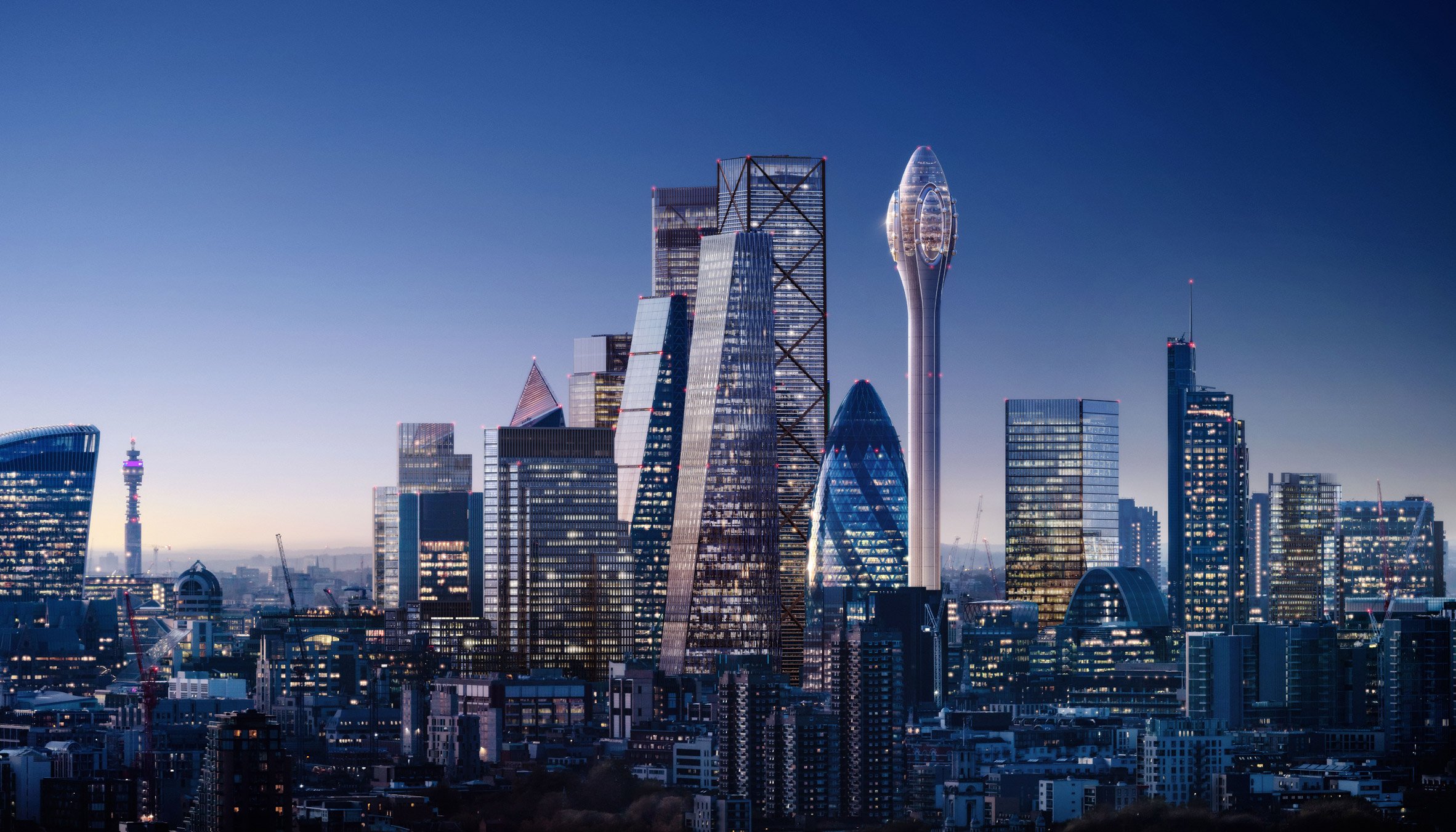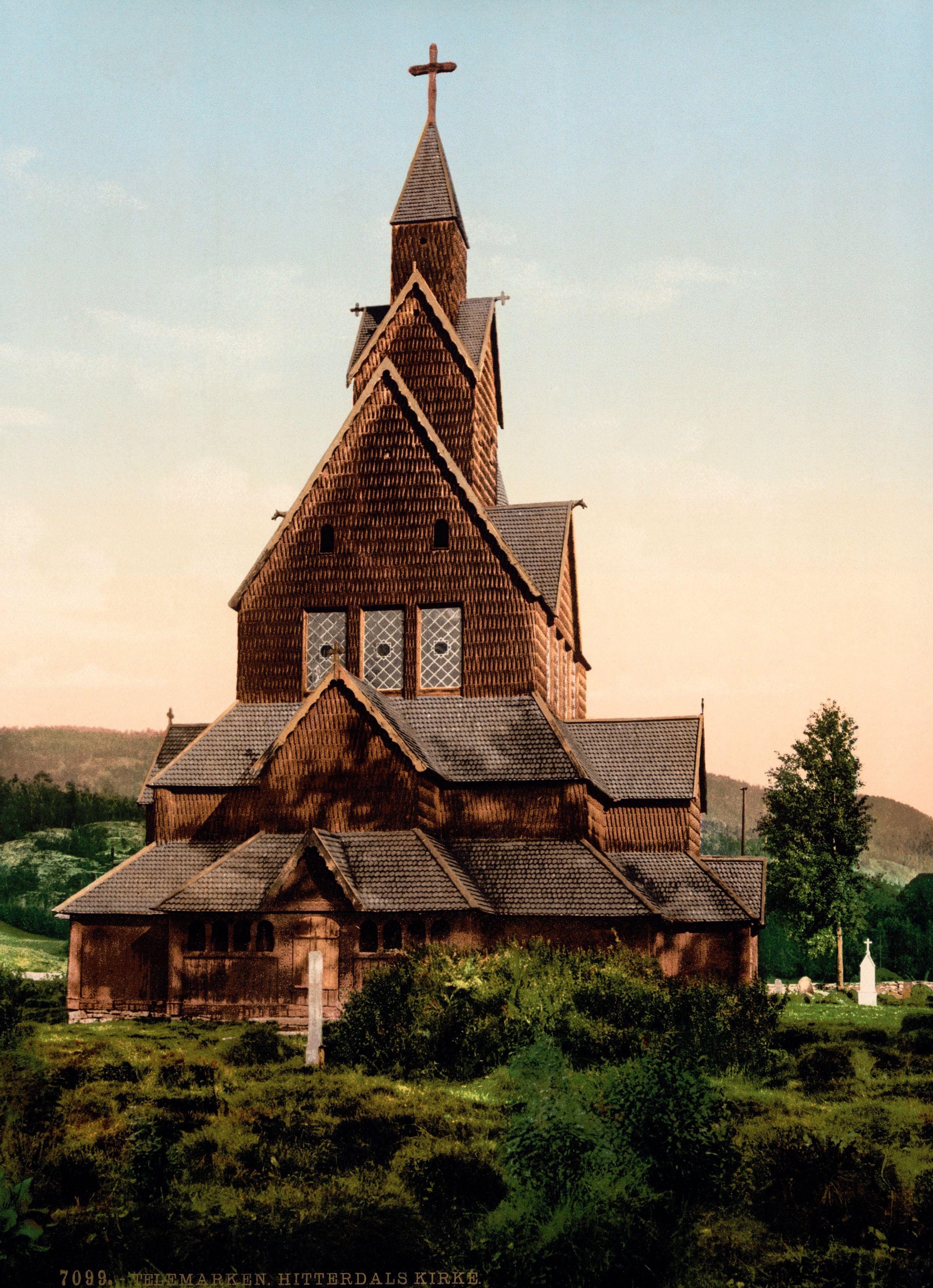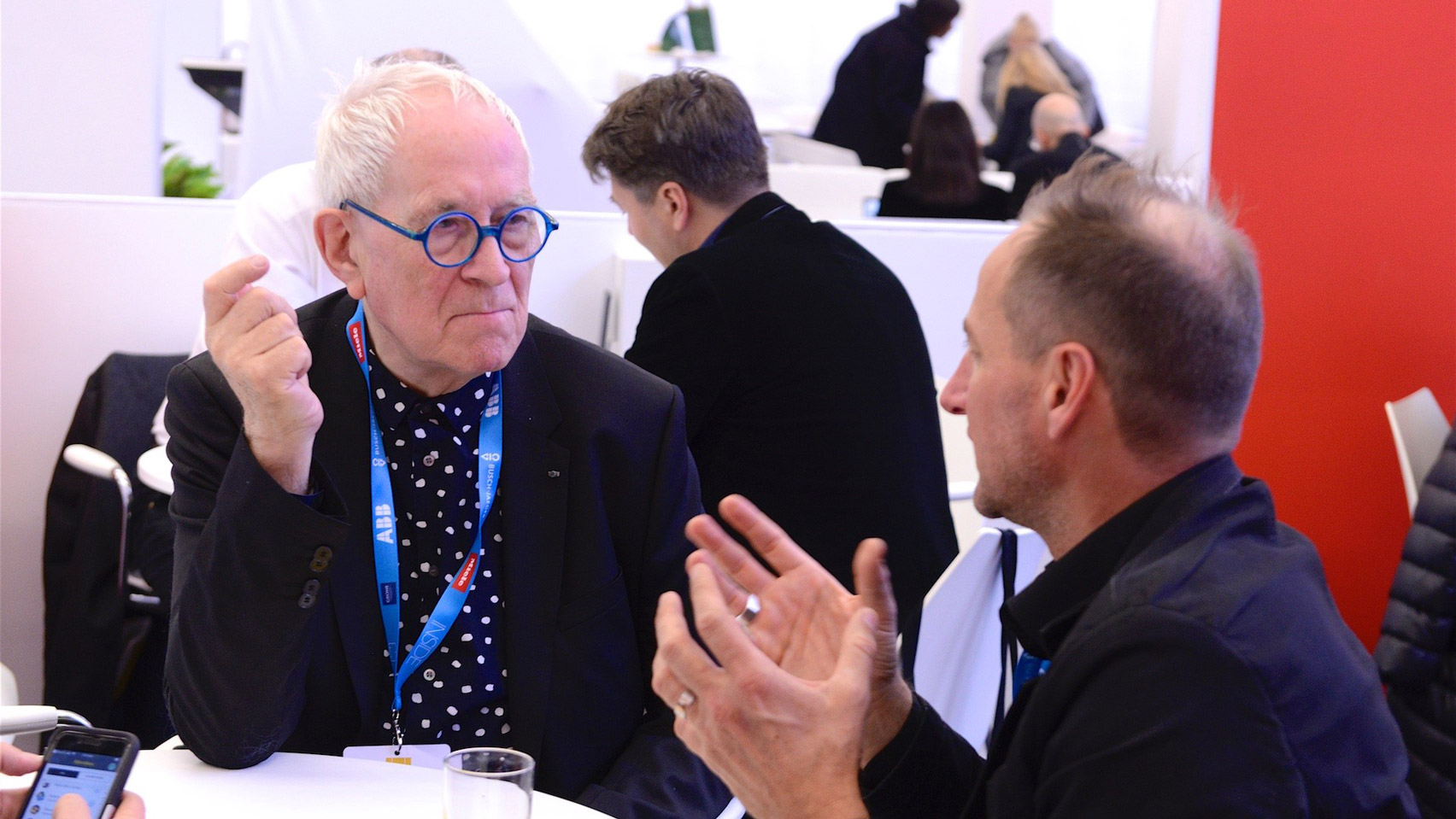Architects need be more “nutty” in their designs according to architect Peter Cook, who claims that there isn’t enough drama in the new London tower proposed by Foster + Partners.
“It’s not spooky enough,” Cook told Dezeen, describing the Norman Foster-led firm’s plans for the observation tower, called The Tulip.
Critics and the public have been shocked by the shape of the 305-metre-high skyscraper, comparing it to everything from a cotton bud to a sex toy. But Cook thinks it would be better if it was even more strange. “It’s [just] signalling,” he said.

Cook – who is best known for being a member of experimental 1960s architecture group Archigram – said he thinks many of today’s architects need to get in touch with their zanier, more creative side, to design more interesting and unusual projects.
“I think they take themselves too seriously,” said Cook, who currently co-directs Crab Studio. “There’s a certain association with being very self effacing, with being honourable, which I don’t think is true. But it’s a current mode and mood.”
Architects should try cinema and “strange religious experiences”
The architect, who received a knighthood in 2007, spoke to Dezeen following a talk at the World Architecture Festival in Amsterdam.
In the talk, titled Nutters of the North, he praised the “spooky” beauty of architecture found in coastal settlements along the Baltic and North seas.
He cited the Heddal Stave Church in Norway – a 13th-century timber building with strange stacked gable roofs and towers – as an example of architecture that embodies the character he loves.

In order to loosen up, architects should turn to culture and embrace the bizarre, he suggested.
“I think they should go to more movies,” Cook said. “They should look at more art, they should have more strange religious experiences.”
Northern sea crossings inspired spooky architecture
Cook has been particularly critical of British architecture in the past, blaming a dearth of experimentation in schools for producing a “dull period” and slamming the redevelopment of King’s Cross as “boring”.
He thinks British architects could find plenty of inspiration in along the coastlines of northwest Europe.
The architect noted how, since the Viking Age, architectural elements were spread across this region, and later moved along the trading route of the Hanseatic League.
It was this exchange of styles – combined with the mood imbued by long winters and grey skies, and the madcap, Heath Robinson-esque skills needed to engineer dockland machinery – that led to the eccentric architecture, he claimed.
He described it as “that haunting-ness that comes from the north, together with the moving-parts stuff that comes from the coast”.
Architects can learn from these strange buildings
Each country, said Cook, has its own particular kind of strangeness informed by the landscape and weather conditions.
Scotland’s dark and gothic spires in Edinburgh and Glasgow are “dour but looking for the light”, while the English “love pissing about” with phallic towers that poke out above the treetops. Finnish architects “seem to enjoy scooping and slithering” while Norway has a more “sweet and drifty” style.
Today’s architects can learn a lot from these examples, said Cook.

“[Architects] should understand that people want more than just the presentation of the necessary,” he said.
“It’s an atmospheric thing, it’s the sort of thing that old religious buildings were playing with, where they tried to build up a sense of mystery and preciousness even,” he added, “not just seeing everything straight off, full frontal.”
The post The Tulip by Foster + Partners is “not spooky enough” says Peter Cook appeared first on Dezeen.
